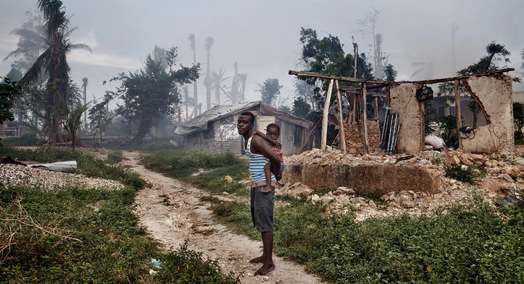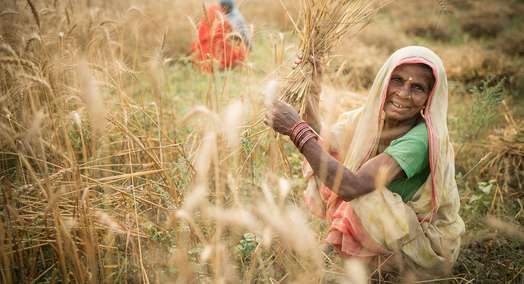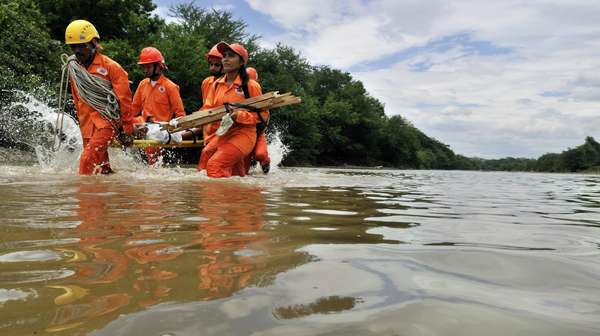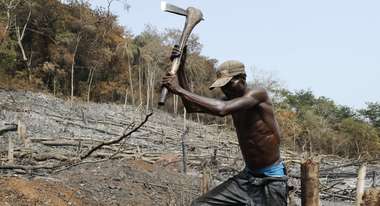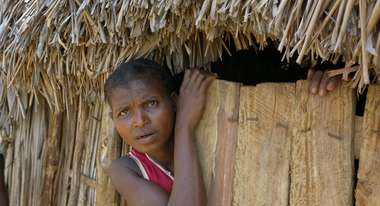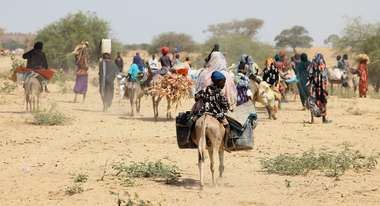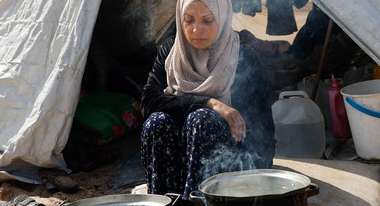Through forward-looking disaster prevention, Welthungerhilfe contributes to alleviating suffering and damage in the event of a crisis.
How Forecasts Save Lives
Helping before it's too late: Welthungerhilfe uses early-warning systems and risk analyses to provide humanitarian aid before devastating disasters strike.
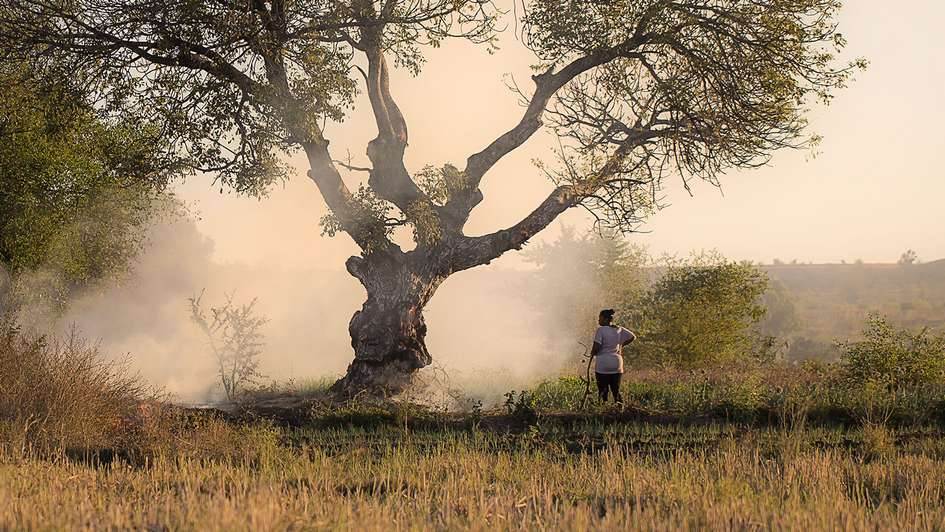
The rising number of people affected by extreme weather events necessitates new solutions in humanitarian aid. In the past, emergency aid has been focused on responding to natural disasters after they occur.
Foresight is better than hindsight
Welthungerhilfe is working to change this mentality: We use forecasts to help people even before, for example, impending droughts cause hunger. Our innovative approach allows us to take action based on early-warning data. This permits a cost-efficient response before major damage is done.
Droughts and crop failures threaten families in Madagascar
In Madagascar, small-scale farming families experience bear the brunt of droughts and dry spells. Formerly confined to arid zones in the south-west, dry weather is now becoming increasingly prevalent in other parts of the country, severely impacting general food supply. The key here is to take a forecast-based risk-management approach to enable the people under threat to respond proactively to an impending drought.
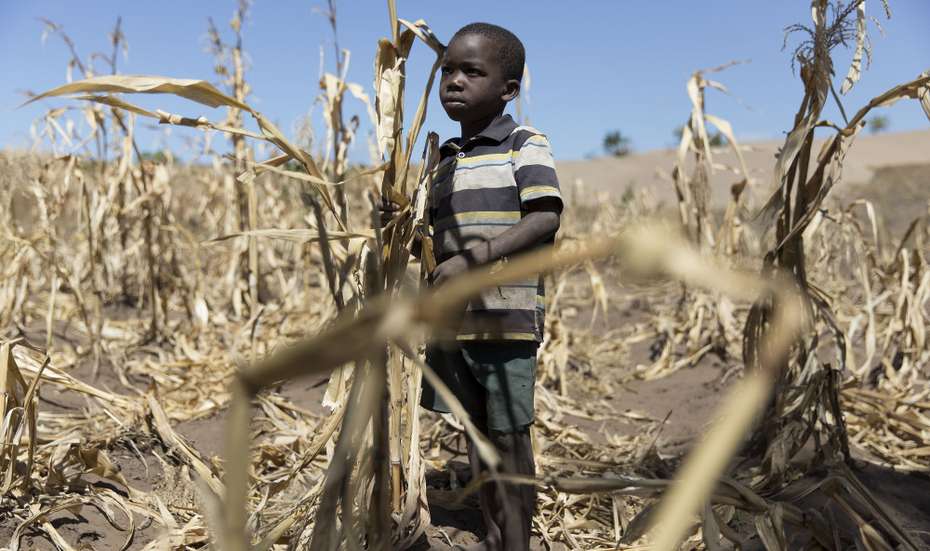
Well prepared thanks to forecasting model
Alongside the German Red Cross, Welthungerhilfe is the first German non-governmental organisation to engage in forecast-based humanitarian aid. We started up a pilot project in Madagascar with the aid of the German Federal Foreign Office. In conjunction with the local civil protection authority and the meteorological service, and with the support of the Start Network, a coalition of over 40 international humanitarian non-governmental organisations, we developed a replicable forecasting model for six regions in the country.
Early warning – rapid aid
The model predicts whether a drought will strike and where food security will be affected. Early warnings automatically trigger specially prepared disaster-response plans that include proactive aid measures, with funding secured from donors in advance.
Acting early helps improve food security and saving lives
These measures serve to minimise or entirely prevent losses and damages, and they provide protection to the affected households against supply-chain interruptions. For instance, cash transfers give people the opportunity to act autonomously and make decisions that are essential for their survival. Other examples include the timely reduction and sale of livestock herds, the securing of access to drinking water, and the rapid procurement of food. The forecast-based approach to humanitarian aid is a key component of our work. In conjunction with resilience-building measures for the local population and a comprehensive plan for risk reduction and emergency aid, it enables Welthungerhilfe to employ the traditional reactive brand of emergency aid only as a last resort.
The Shift from Traditional to Proactive Humanitarian Aid
- Scientists and earth observation systems monitor drought indicators.
- Critical thresholds are crossed.
- A warning is issued, and the triggering mechanism is activated.
- Funds are provided.
- Proactive aid measures are taken and adapted to the circumstances.
- The negative effects of a drought are mitigated.
- Damage and losses can be minimised or even prevented entirely.
A pilot project with a future
This mechanism can now be expanded to other areas, including to additional project regions in Madagascar in early 2020 as well as to the countries of Zimbabwe and Kenya. The process requires patience, but it is worth it.
